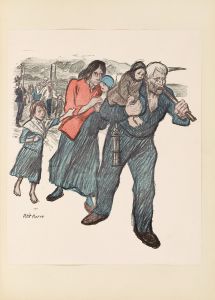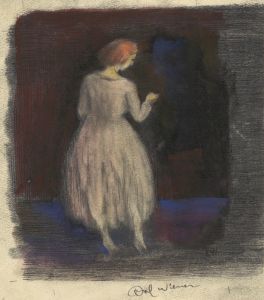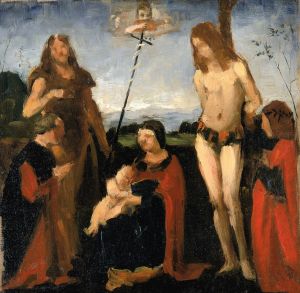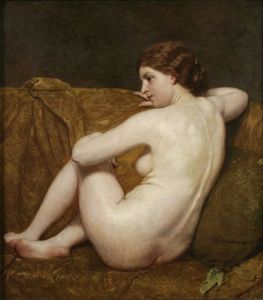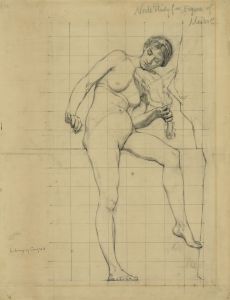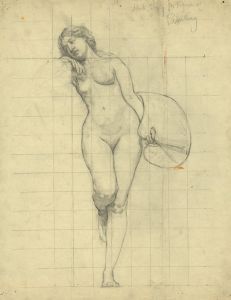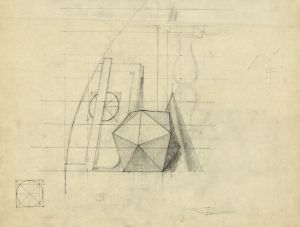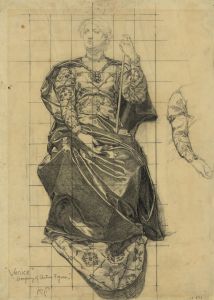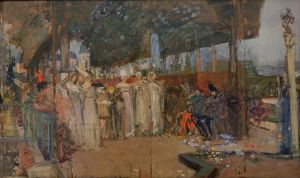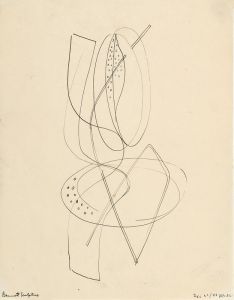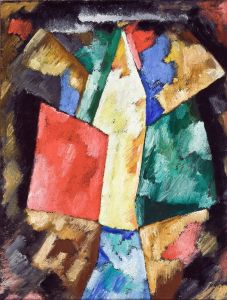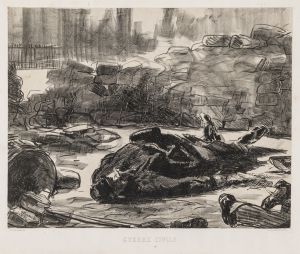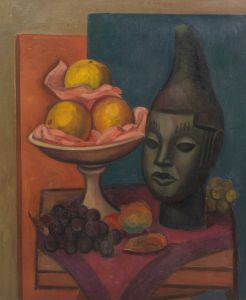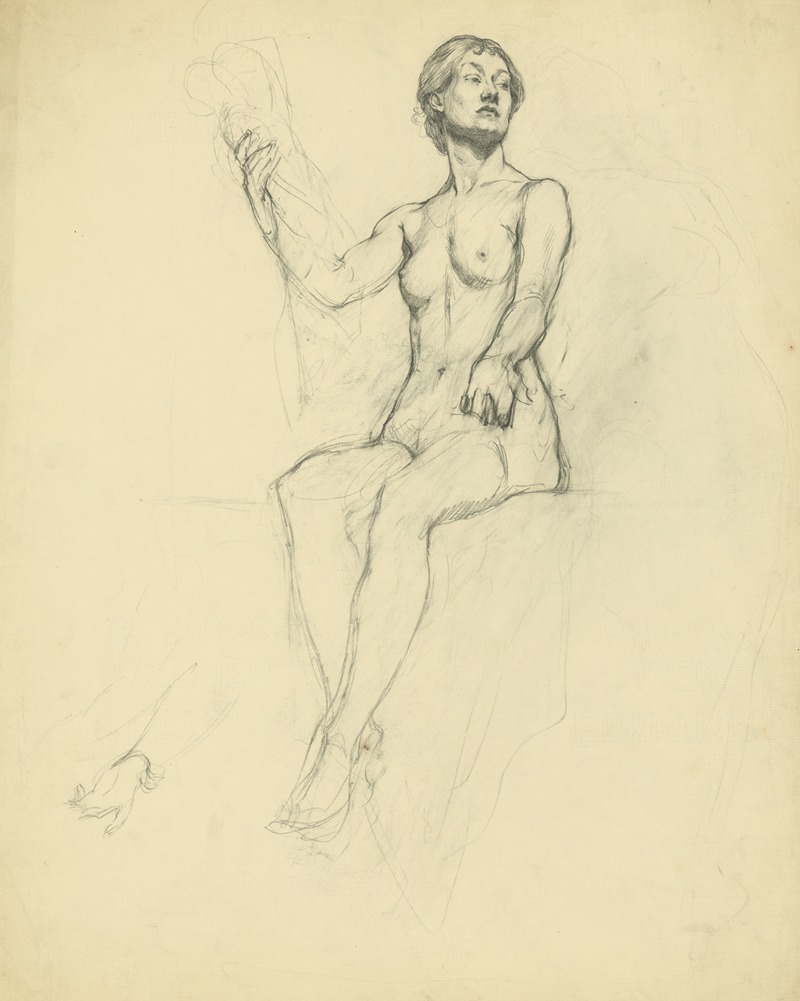
Sculpture
A hand-painted replica of Kenyon Cox’s masterpiece Sculpture, meticulously crafted by professional artists to capture the true essence of the original. Each piece is created with museum-quality canvas and rare mineral pigments, carefully painted by experienced artists with delicate brushstrokes and rich, layered colors to perfectly recreate the texture of the original artwork. Unlike machine-printed reproductions, this hand-painted version brings the painting to life, infused with the artist’s emotions and skill in every stroke. Whether for personal collection or home decoration, it instantly elevates the artistic atmosphere of any space.
Kenyon Cox (1856–1919) was an American painter, illustrator, muralist, and writer, known for his academic style and contributions to the American Renaissance movement. One of his notable works is "Sculpture," a painting that exemplifies his dedication to classical themes and techniques. Cox was a prominent figure in the late 19th and early 20th centuries, and his work often reflected his deep appreciation for classical art and his commitment to the ideals of beauty and harmony.
"Sculpture" by Kenyon Cox is a painting that captures the essence of classical sculpture through the medium of painting. Cox was known for his ability to translate the three-dimensional qualities of sculpture into two-dimensional art, and this work is a testament to that skill. The painting likely features a depiction of a sculptural figure, rendered with careful attention to detail and form, highlighting Cox's mastery of anatomy and his understanding of the human figure.
Cox's training and background played a significant role in his approach to art. He studied at the Pennsylvania Academy of the Fine Arts and later at the École des Beaux-Arts in Paris, where he was influenced by the French academic tradition. This education instilled in him a respect for classical art and the techniques of the Old Masters, which he carried throughout his career. His work often emphasized idealized beauty, balance, and proportion, characteristics that are evident in "Sculpture."
In addition to his painting, Cox was a prolific writer and art critic. He wrote extensively on art theory and the role of art in society, advocating for a return to classical ideals and techniques at a time when modernism was beginning to gain prominence. His writings provide valuable insight into his artistic philosophy and the cultural context in which he worked.
Cox was also a prominent muralist, and his murals can be found in several important public buildings across the United States, including the Library of Congress and the Wisconsin State Capitol. These works further demonstrate his commitment to classical themes and his belief in the educational and moral power of art.
"Sculpture" fits within the broader context of Cox's oeuvre, which often explored themes of beauty, mythology, and the human form. His work was part of a larger movement in American art that sought to establish a national identity rooted in classical ideals. This movement, known as the American Renaissance, was characterized by a revival of classical art and architecture and a focus on creating art that was both beautiful and instructive.
Kenyon Cox's contributions to American art were significant, and his work continues to be studied and appreciated for its technical skill and adherence to classical principles. "Sculpture" is a reflection of his artistic vision and his dedication to the ideals of beauty and harmony that he championed throughout his career.





